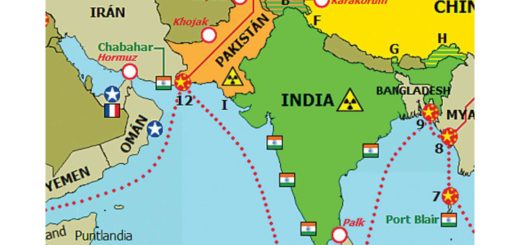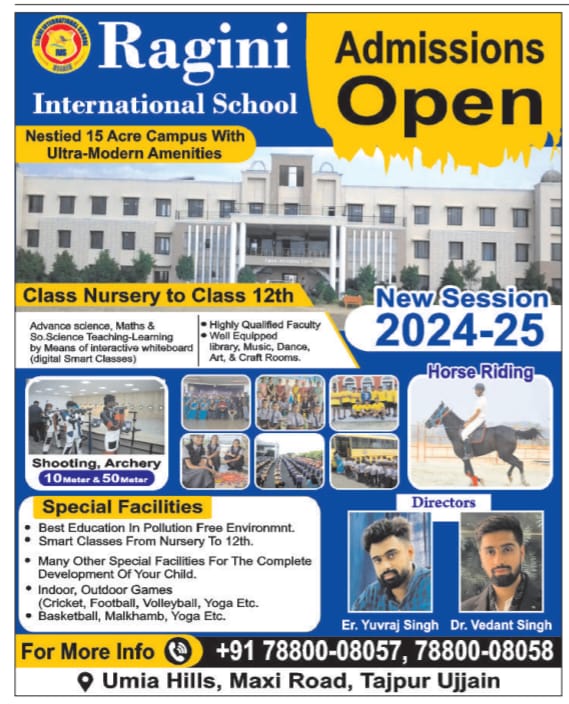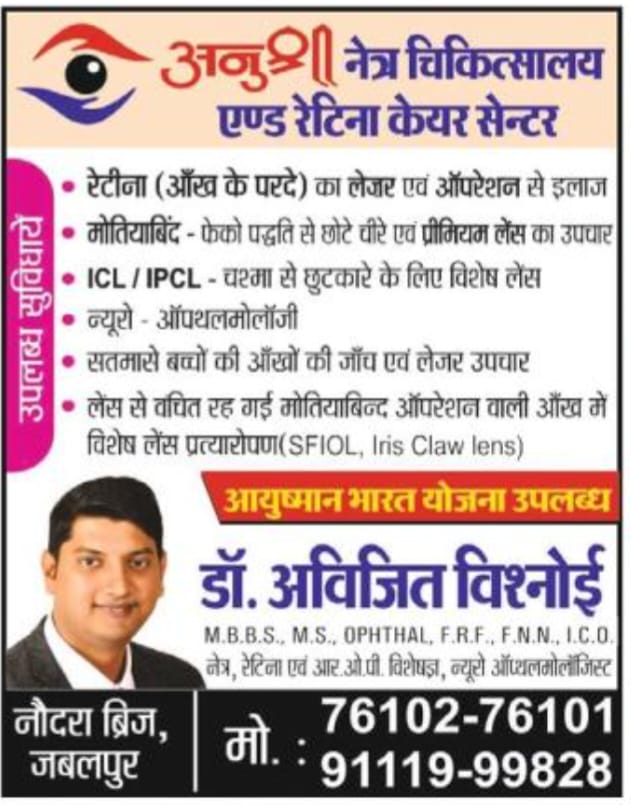Ramanuja India’s Mathematics Genius
22 December, since 2011,has come to be celebrated as National Mathematics Day in
India. The Government of India also declared 2012 the 125th birth anniversary of
Sninivasa Ramanujan, as the National Mathematics Year.Srinivasa Ramanujan was a
self-taught mathematician, who in his brief life of 32 years, created mighty ripples
in the world of mathematics. Within this short span, he had compiled as many as 3900
identities and equations in mathematics, a few of which have been named after him
Ramanujan prime and Ramanujan theta function, for example. Ramanujan was born on 22 December 1887 at Pallipalayam, Erode, which was then a part of the Madras
Presidency. His father,Srinivasa lyengar, was a clerk at a saree shop while his
mother, a housewife, was a pious woman who often sang devotional songs at the local
temple. Ramanujan shared a close relationship with his mother and learned music
from her. However, it was evident that Ramanujan was a child prodigy with a natural flair for mathematics. He had mastered advanced rigonometry by the age of 12.
He not only rediscovered several mathematical
theorems and identities, but also conducted research in the subject as a teenager, in
an environment that barely facilitated such work, But Ramanujan’s romance
with mathematics was so intense, that he hardly had time or inclination to
study other subjects. Unfortunately this led him
to become a college dropout as he failed to
clear most of the other subjects. As a result he
found it difficult to get suitable employment.
Born into a family with very limited means and no formal education to back him,
Ramanujan for the most part of his early life, lived off the charity of friends, filling
notebooks with discoveries in mathematics. Recognizing his special talent, the Indian
mathematician Ramachandra Rao helped
him get the job of a clerk at the Madras Port Trust. In 1911 Ramanujan published the first
of his papers in the Journal of the Indian Mathematical Society.
Ramanujan’s brilance was University professor G H.Hardy with whom Ramanujan
had been communicating for some time. He invited Ramanujan to join him at
cambridge. ramanujans’s five-year stint at Cambridge was very productive and the
university conferred upon him a Bachelor of Science Degree in 1916. In 1918 he was
elected a Fellow of the Royal Society, the first Indian to be so honoured. There is an interesting story associated with Ramanujan and the number 1729 which has come to be known as the Ramanujan-Hardy number.
Once when Hardy visited Ramanujan at a hospital where he was admitted for
some health problem, the professor’s taxi had the number 1729 hardy mentioned to Ramanujan that it seemed a rather dull I
number. Ramanujan :immediately responded by saying that it was really a very
interesting number because it was the smallest number that could be expressed as the
sum of two cubes in two different ways as follows: 1°cube(3)+ 12cube(3) = 1729 and 9°(cube)+ 10( cube)°=1729.
Prof. HardyHardy was wonder-
struck. Ramanujan who was a strict
vegetarian and hailed from a region with warm climate, could not adjust to English
conditions. A sickly boy since childhood, Ramanujan was constantly plagued by ill-
health that worsened during his years in
England. He returned to India in 1919 and
was diagnosed with tuberculosis. He was
confined to sanatorium where he
died on 26 April 1920.
Honours and Recognitions
Ramanujan has been honoured in a number of ways by his home state, Tamil Nadu, and also by the Government of India. 22 December is observed as State IT Day in Tamil Nadu.The Mathematics Department of Indian Institute of Technology (IIT), Chennai, marks 22 December every year by celebrating
Ramanujan’s works and life. It conducts a day-long symposium to which scholars in the field of mathematics are invited from India and abroad. The Government of India released a postal stamp to mark Ramanujan’s 75th birth anniversary in 1962 and another one in December
2011.












 +91-94068 22273
+91-94068 22273 

